Patellofemoral morphometry in patients with idiopathic patellofemoral pain syndrome European
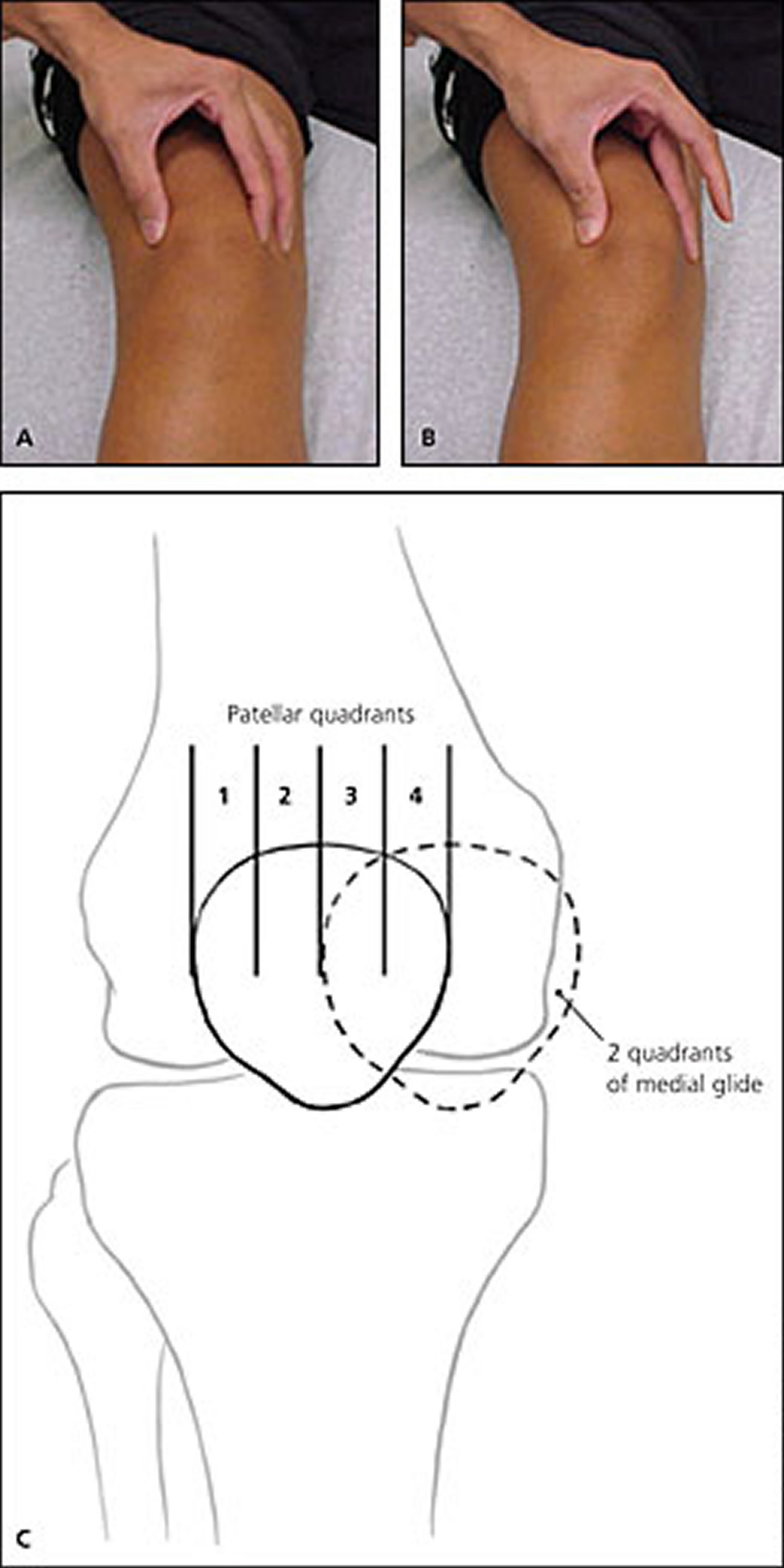
Patellofemoral Pain Syndrome Causes, Symptoms, Treatment
Patellofemoral pain syndrome is common among athletes and non-athletes. It results from an imbalance of forces acting on the patellofemoral joint, which leads to increased strain on the peripatellar soft tissues, increased patellofemoral joint stress, or both. The most important risk factors are ove.

Patellofemorale pijnsyndroom (meidenknie)
Diagnosis. Your health care provider might ask about your history of knee problems, press on your knee and move your leg into a variety of positions. Sometimes imaging tests can help find the cause of knee pain. Tests might include: X-rays. X-ray images show bones well. X-rays aren't as good for viewing soft tissues. CT scans.

Clarke's Sign / Patellar Grind Test Patellofemoral Pain / Chondromalacia Patellae YouTube
Keywords: anterior knee pain, etiology, clinical measures. Patellofemoral pain syndrome (PFPS) is one of the most common diagnoses among young, physically active populations, affecting 1 in 4 athletes, with more than 70% being between 16 and 25 years old. 3, 4 Although physical therapy is an effective treatment for the majority of patients.
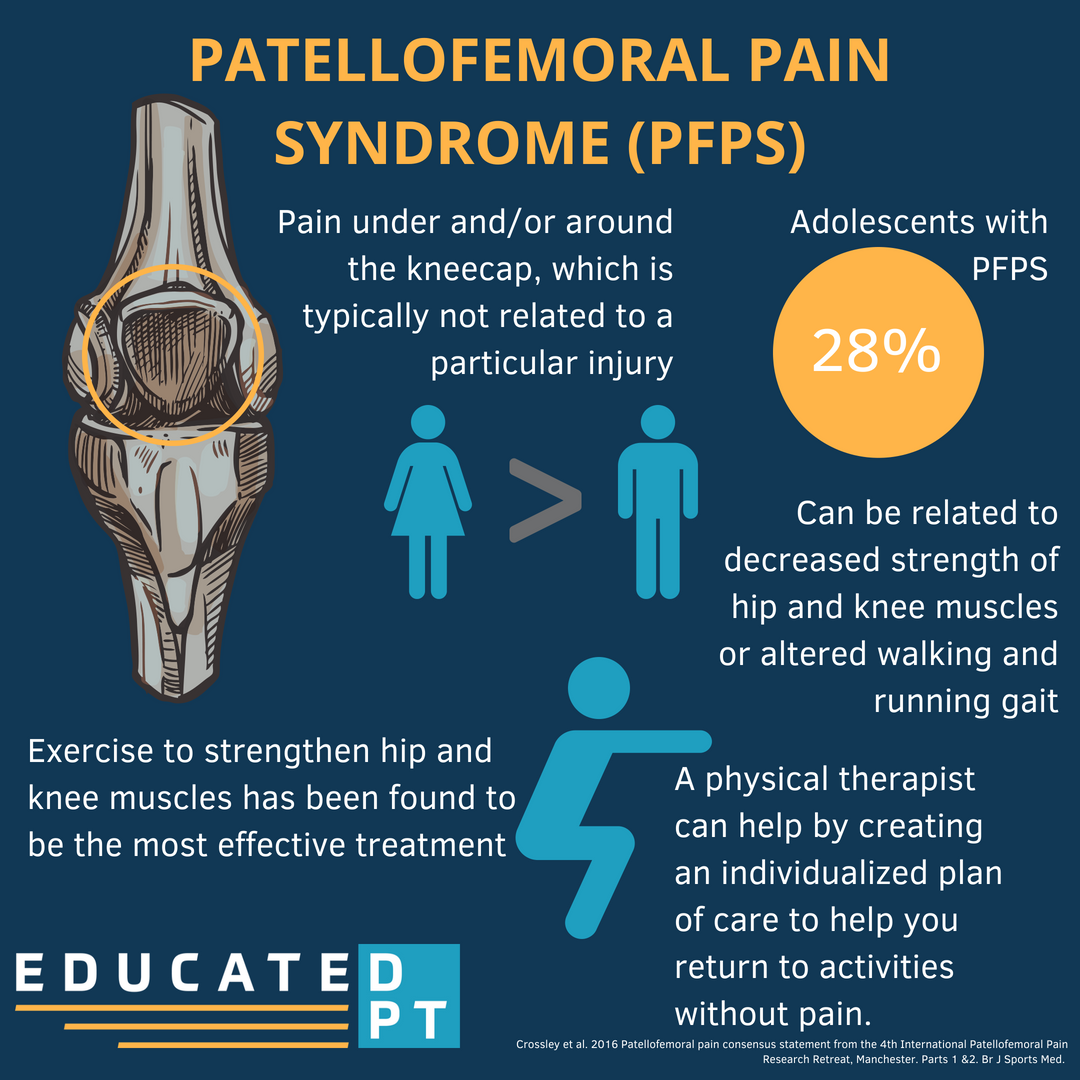
Patellofemoral Pain Syndrome A Quick Reference — EducatedPT
10.1007/s00167-013-2759-6. The patellofemoral pain syndrome (PFPS) is a possible cause for anterior knee pain, which predominantly affects young female patients without any structural changes such as increased Q-angle or significant chondral damage. This literature review has shown that PFPS development is probably multifactorial with various.

Physical examination of the patellofemoral joint. Semantic Scholar
Definition/Description. Patellofemoral Pain Syndrome (PFPS) is an umbrella term used for pain arising from the patellofemoral joint itself, or adjacent soft tissues. It is a chronic condition that tends to worsen with activities such as squatting, sitting, climbing stairs, and running.
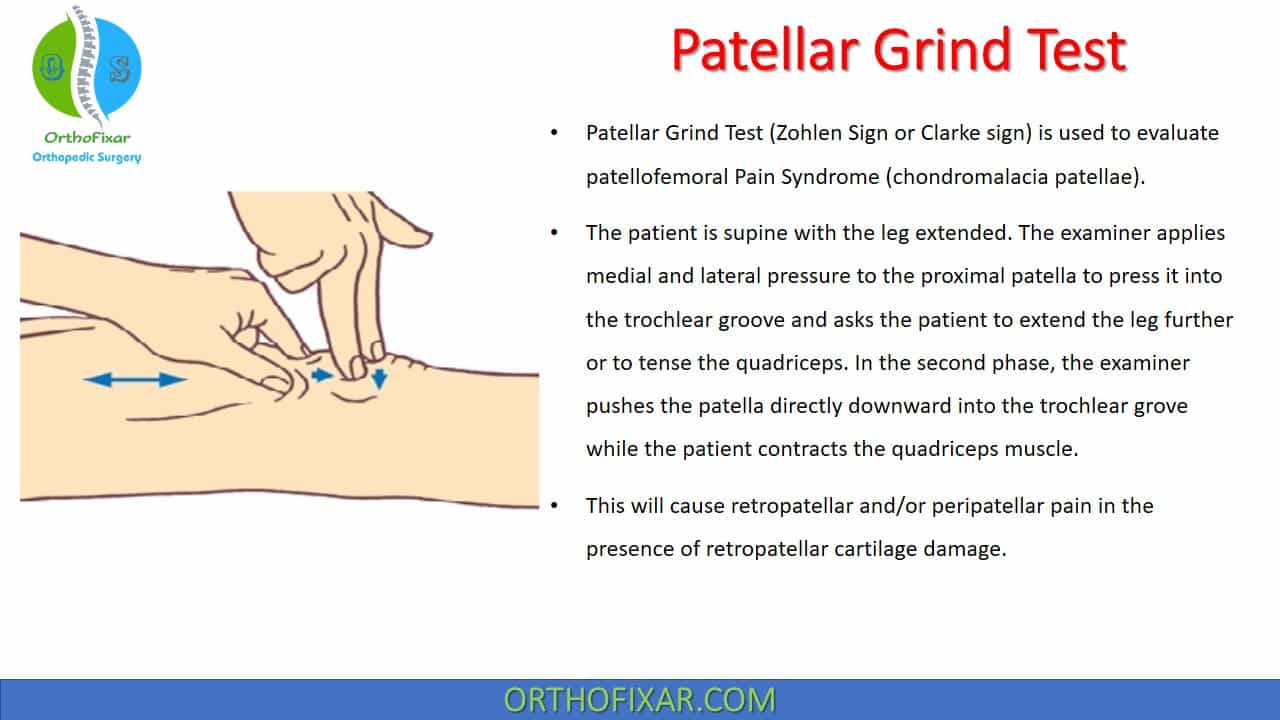
Patellar Grind Test OrthoFixar 2023
Patellofemoral pain syndrome can have several causes. It's been linked with: Overuse. Running or jumping sports put repeated stress on the knee joint, which can cause irritation under the kneecap. Muscle imbalances or weaknesses. Patellofemoral pain can occur when the muscles around the hip and knee don't keep the kneecap in line.

Application of K Taping on a knee with Patellofemoral pain syndrome... Download Scientific Diagram
Patellofemoral pain (PFP) typically presents as diffuse anterior knee pain, usually with activities such as squatting, running, stair ascent and descent. It is common in active individuals across the lifespan,1-4 and is a frequent cause for presentation at physiotherapy, general practice, orthopaedic and sports medicine clinics in particular.5 ,6 Its impact is profound, often reducing the.

Patellofemoral pain syndrome treatment Melbourne Myofitness
Clusters of test findings were substantially more diagnostic, with any two of three positive findings of muscle contraction, pain during squatting, and pain during palpation yielding the following values: PPV=89%; LR+=4.0 (95% CI: 1.8-10.3). No individual or clustered test findings were significantly associated with the IKDC score.

PPT Knee Injuries PowerPoint Presentation, free download ID1942132
Patellofemoral pain syndrome ( PFPS; not to be confused with jumper's knee) is knee pain as a result of problems between the kneecap and the femur. [4] The pain is generally in the front of the knee and comes on gradually. [2] [4] Pain may worsen with sitting, excessive use, or climbing and descending stairs. [1]
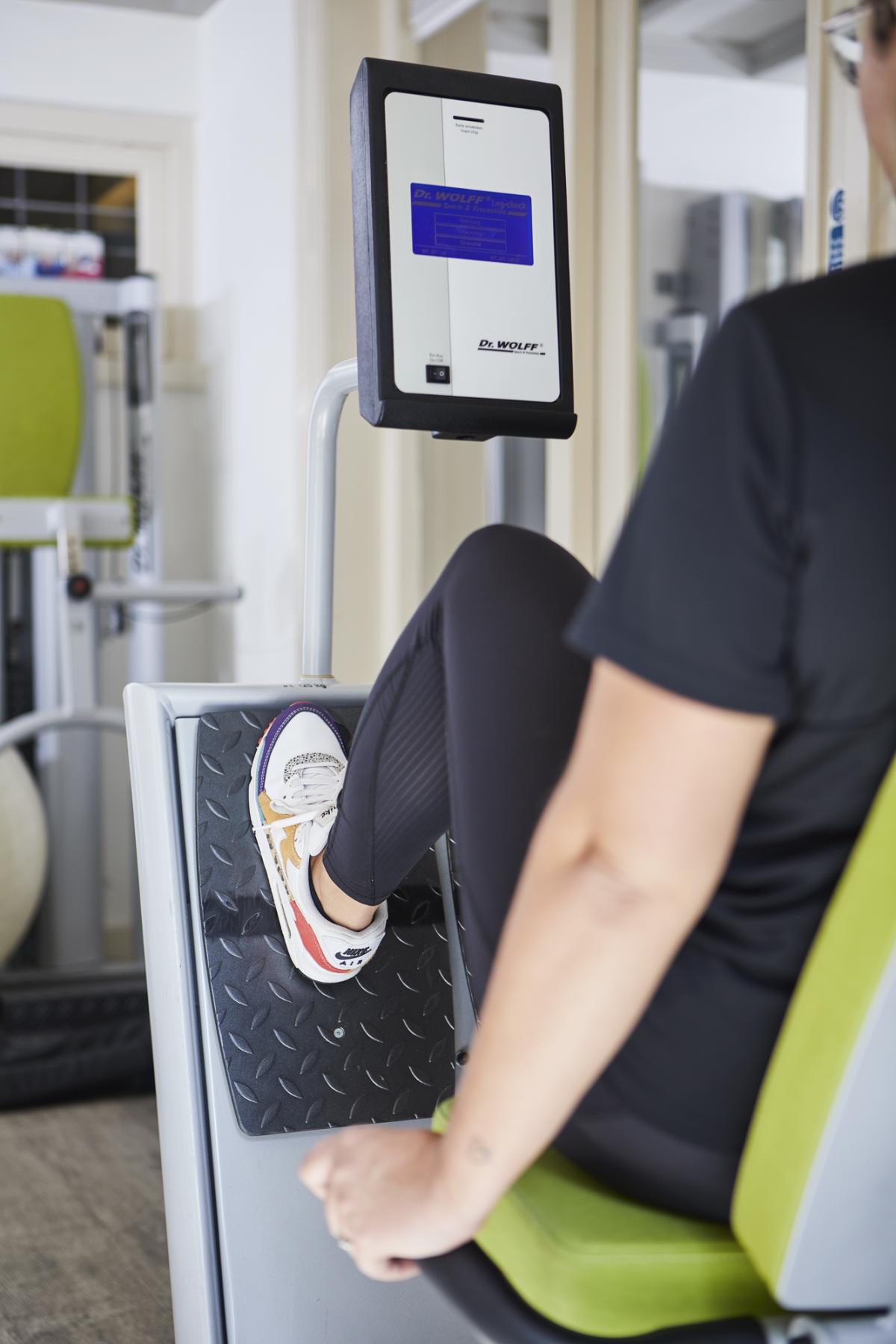
Patellofemoraal pijnsyndroom Oplossingen Fysiocentrum Hartkamp Voorthuizen
The positive likelihood ratio was 2.26 for both the vastus medialis coordination test and the patellar apprehension test. For the eccentric step test, the positive likelihood ratio was 2.34. A positive outcome on either the vastus medialis coordination test, the patellar apprehension test, or the eccentric step test increases the probability of PFPS to a small, but sometimes important, degree.

Clinical Examination Techniques Patellofemoral Pain Knee YouTube
Knee anatomy and patellofemoral pain syndrome. The patellofemoral joint consists of the patella, the distal and anterior aspects of the femur as well as the articular surfaces and surrounding supporting structures. 3-5 The patella is the largest sesamoid bone in the body and is of a relatively constant length, width and thickness. 6,7 Seventy-five percent of the posterior aspect of the patella.
Patellofemoral Pain Syndrome Causes, Symptoms, Treatment
Purpose: To investigate the diagnostic accuracy and association to disability of selected functional findings or physical examination tests for patellofemoral pain syndrome (PFPS) in patients with anterior knee pain. Methods: A sample of 76 consecutive patients with anterior knee pain was further subdivided into PFPS and other diagnoses. . Routine physical examination tests were examined in a.

Simple Test for Chondromalacia (Patellofemoral Pain Syndrome) YouTube
• Special tests: Vastus Medialis Coordination Test, Patellar Apprehension Test, larke's Test, ccentric Step Test, Mc onnell's Test, Patellar Tilt Test, Tibial Angulation Test Differential Diagnosis •Articular cartilage injury • Bone tumor • Chondromalacia patella • Referred pain from low back or hip • Hoffa's isease
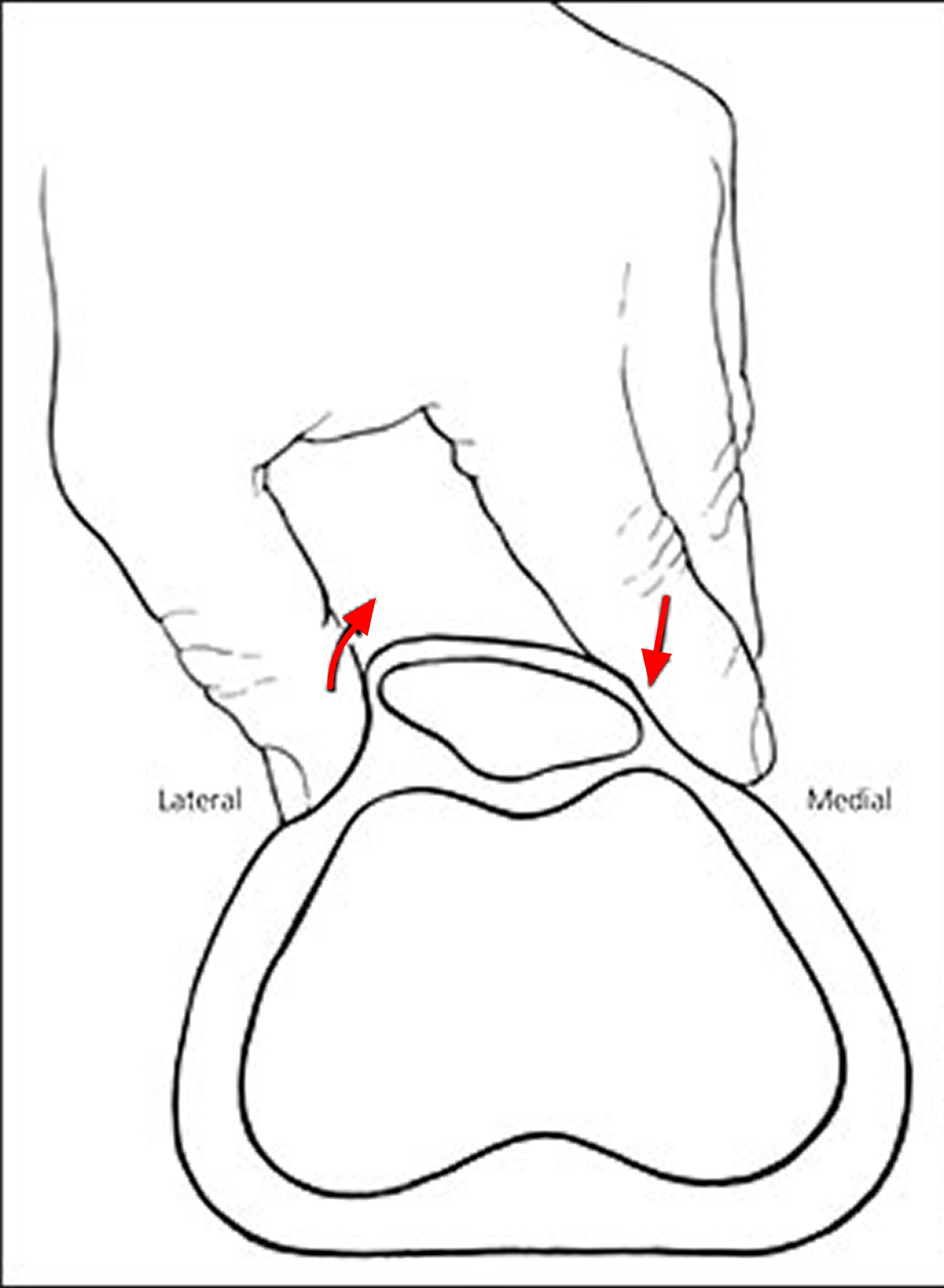
Patellofemoral Pain Syndrome Causes, Symptoms, Treatment
Patellofemoral Pain Syndrome. Patellofemoral pain syndrome (PFPS) is a broad term used to describe pain in the front of the knee and around the patella, or kneecap. It is sometimes called "runner's knee" or "jumper's knee" because it is common in people who participate in sports—particularly females and young adults—but PFPS can occur in.

Patellofemoral Pain Syndrome Evaluation and Treatment YouTube
Patellofemoral syndrome (PFS), commonly known as "runner's knee," is a term used to describe pain around or under the patella and is one of the most common conditions causing knee pain [1,2,3].Common patient presentation includes generalized anterior knee pain caused by activities that stress the patellofemoral joint [1, 2, 4]..

Patellofemoral Pain Syndrome Diagnosis YouTube
Patients typically note the insidious onset of an ill-defined ache localized to the anterior knee behind the patella. There is no one physical exam or imaging test that is a standard for diagnosis. Treatment is focused on activity modification and correction of specific risk factors. Nonoperative treatment is successful in the majority of cases.